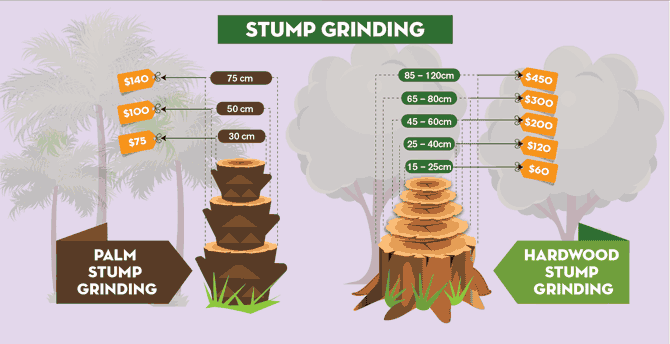Safeguarding Your Landscape: Replanting After Tree Elimination
Safeguarding Your Landscape: Replanting After Tree Elimination
Blog Article
Web Content Writer-Bang Thomassen
Tree elimination can leave a void in your landscape that needs filling. You can grow something brand-new in that area, yet it takes added care and focus at the starting to help it flourish.
The soil because location will certainly maintain altering gradually as microbes break down the old roots. That can affect the vitamins and mineral equilibrium and physical room for new development.
Dirt
The dirt in a plot where a tree has been gotten rid of is most likely to be extremely various from the remainder of your garden or lawn. The origins of the old tree and the stump will certainly have transformed the soil, eliminating some nutrients and perhaps crowding out various other plants. Furthermore, if the previous tree was infected, the contagious agent may still remain in the ground.
The existence of roots fosters a rich and diverse area of dirt microorganisms that boosts necessary processes like vitamins and mineral biking and organic matter disintegration. Without these bacteria, the displaced dirt can become much less fertile and nutrient-depleted, with an unfavorable influence on plant growth.
Prior to replanting, the soil needs to be removed of debris and organic product (such as wood chips from stump grinding). please click the next website page may wish to mix in potting soil or native dirt with this garden compost to give your brand-new planting with a setting that is well balanced and filled with nutrients.
Water
Tree origins soak up big amounts of water from the soil. This procedure also includes nutrients back to the soil, particularly nitrogen, which is important for new trees and plants. Regrettably, old dirt can be depleted of these crucial minerals because of the rotting roots and stump from an eliminated tree.
This is why it's important to have a prepare for the future of your landscape. Ideally, the very best time to plant is when you have a clean slate.
Whether you're growing grass or blossoms, ensure to make use of a soaker tube to prevent overwatering your brand-new landscaping. If the area was a garden, make sure to cover the soil with natural compost to assist maintain moisture in the dirt, control dirt temperatures and reduce weeds. This additionally gives a layer of defense for young plants and promotes worm task. Then, on a regular basis replenish the compost to continue boosting the soil nutrient density and microbial life. This is called dirt reconstruction.
Light
Trees are a great enhancement to any type of landscape, giving shade, aesthetic pulchritude, and several other benefits. However, often trees end up being unsightly because of a range of reasons, consisting of illness, insect invasions and natural aging.
In such instances, it might be essential to remove a tree. It's important to take into consideration the value of a specific tree in your landscaping and take the correct actions to make sure that the elimination is done securely and efficiently.
During the late summer, it's a perfect time to execute maintenance and assessments on existing trees. Search for signs of disease, insect invasions, or structural damage, as well as any kind of potential hazards such as weakened or leaning trees.
Prior to beginning any building and construction tasks, be sure to safeguard the origin zones of existing trees by staying clear of soil compaction and grading around them. Raw material, as it breaks down, can produce toxic gases that are destructive to the origins of a tree. It's additionally a good concept to mulch the area around a tree after construction has actually completed to save moisture and reduce weed growth.
Temperature level
Trees are essential to a landscape for their aesthetic appeal, yet they also play an essential function in the local environment by supplying shade and windbreaks. They sustain wild animals environments and lower the amount of co2 in the air, which can add to international warming. This is why it is advisable to replant trees after removing one from the home.
When replanting a brand-new tree in the place of a previous stump, the dirt may not have enough nutrients to sustain it. It is best to await a year before planting to ensure that the soil will certainly be abundant in nutrients.
To ensure that replanted trees prosper, it is vital to provide them with appropriate care. A layer of compost will keep soil dampness from vaporizing, manage soil temperature level, and aid reduce weeds. Organic mulch is the preferred choice due to the fact that it improves dirt fertility. Continuous fertilizing and parasite control are additionally essential for replanted trees.